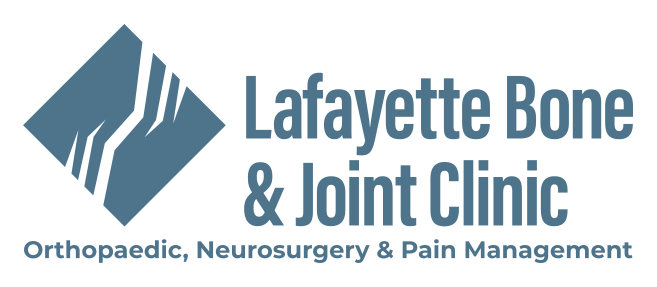With the arrival of spring and summer, everyone is taking to the outdoors for sports and fitness. Two of the most popular sports enjoyed by athletes of all ages and skill levels are tennis and golf. Whether you like to swing a racquet or swing a club, or both, at some point you may experience serious elbow pain. So what is it? Why did it occur? And most importantly, what can be done to make it go away? Tennis Elbow and Golfer’s Elbow are similar conditions that may be the cause. The following is a brief overview of the similarities and differences and how to prevent and treat these nagging injuries.
Tennis Elbow
Tennis Elbow is the common term for lateral epicondylitis of the elbow. It is 7 times more common than golfer’s elbow and probably the most common cause of elbow pain. It is basically inflammation or degeneration of the tendon that attaches at the outer aspect of the elbow. Usually it will affect players in their 40’s and 50’s but can occur at any age. In tennis it often occurs because of poor backhand technique or too small of a grip. Symptoms may include:
Pain on the outer elbow especially with full extension
- Swelling in the same area
- Weakness and pain on wrist movement
- Weakness and pain with gripping and holding things
- The diagnosis can be made by your sports medicine provider usually with just a physical exam. Occasionally an x-ray is ordered to check for any bony abnormality and rule out other causes.
Treatment usually consists of one or a combinations of the following:
- REST! – This is probably the most important thing you can do! I would recommend at least 2 weeks off from tennis.
- ICE! – Ice will alleviate pain so you can do other daily activities by reducing inflammation. 20 minutes at a time up to 6 times a day will really help.
- Anti-Inflammatory Medication – These may help reduce inflammation and are available both over the counter and by prescription.
- Brace – A counterforce brace (tennis elbow strap) or elbow sleeve brace may help. Counterforce braces have been shown in several studies to provide immediate relief with wrist movement.
If these measures aren’t doing the trick, your doctor may prescribe physical therapy including exercises and possibly ultrasound.
Finally, if the condition persists, surgery may be the only option. This can be done by an orthopedic surgeon and may be accomplished with an open procedure or arthroscopically. Recovery times vary but average around 3 months.
Golfer’s Elbow
Medical epicondylitis, or “golfer’s elbow” is similar to tennis elbow but it occurs on the opposite side. This condition affects the inner (medial) aspect of the elbow where the wrist flexors attach. This condition is also seen in throwers, bowlers, and even in tennis players who put a lot of top spin on the ball.
Like tennis elbow it will manifest as pain during the swing initially and progress to a constant nagging condition. Also it may result in grip weakness, but pain will occur with wrist flexion (bending) and forearm pronation (rotating the palm downward).
The diagnosis and treatment of medial epicondylitis is essentially the same as its cousin on the opposite side but the distinction must be made. Other conditions which may mimic this disease or be associated include ulnar nerve entrapment or injury or ulnar collateral ligament injury or instability. These conditions could be much more serious, so evaluation by a sports medicine provider is essential if symptoms are severe or prolonged.
Tennis and golf are great sports! Don’t let elbow pain keep you from enjoying your spring and summer! Learn and practice good technique and make sure you have the proper equipment. And just like in any sport, always remember to stretch, warm-up, and hydrate. Prevention is always better than treatment!








